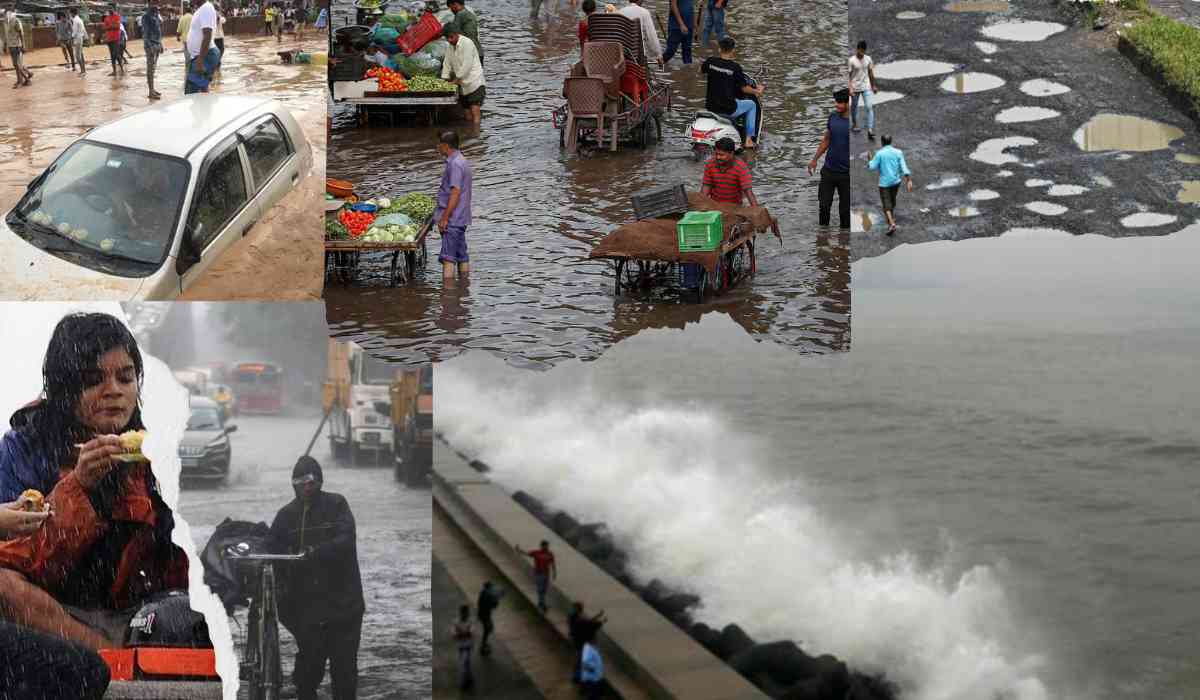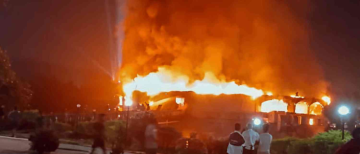The monsoon season in India is often romanticized: the scent of petrichor, steaming hot fritters, a cup of spiced tea, and long drives with loved ones. However, the reality for many Indian cities is far less idyllic. Instead of picturesque scenes, monsoon brings waterlogging, flooding, potholes, and crumbling infrastructure. The contrast between the romantic notion of monsoons and the stark reality is alarming, raising questions about the country's preparedness for climate change-induced challenges.
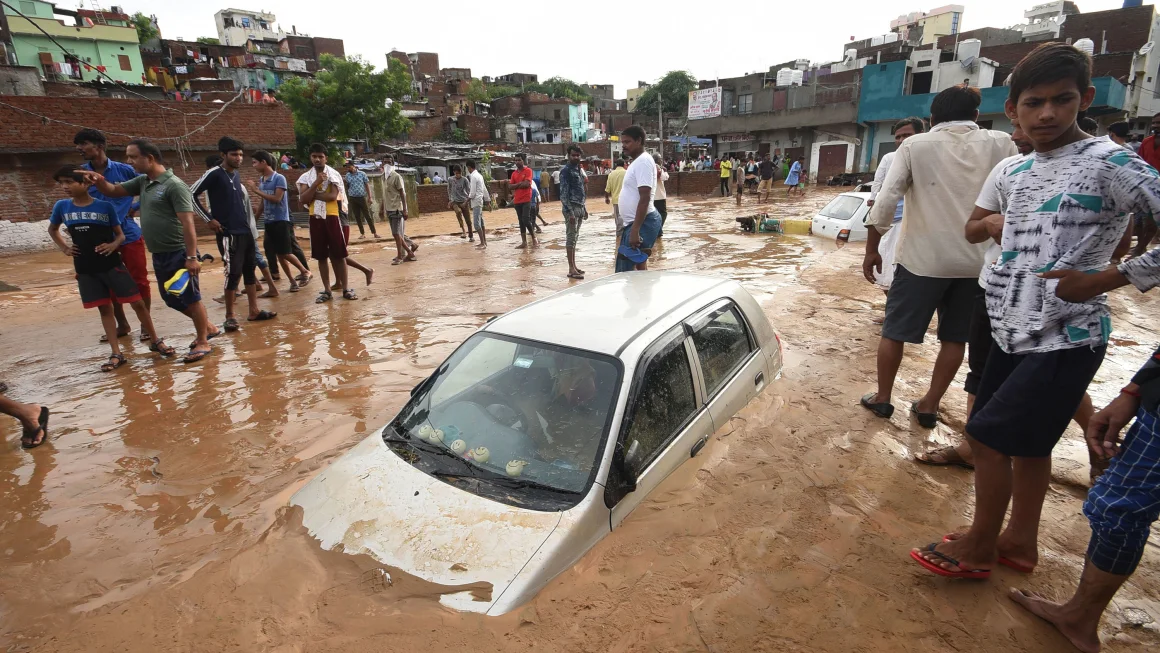
The Urban Flooding Crisis
Experts argue that while natural factors play a role in the increasing incidence of floods, human activities are largely to blame. Unplanned construction in low-lying areas and wetlands, rampant concretization, choked storm-water drains, and the disappearance of water bodies and natural water channels are the primary culprits. These factors contribute to urban floods, disrupting life in cities every monsoon.
The Role of Urban Planning
The erratic weather patterns have led to a spurt in very heavy rainfall over short durations, exacerbating the problem. Urban infrastructure, already struggling under normal conditions, is unable to withstand the sudden pressure. A well-thought-out urban plan that accounts for changing weather patterns, coupled with strict implementation of building laws and environmental rules, is essential for making Indian cities flood-resilient.
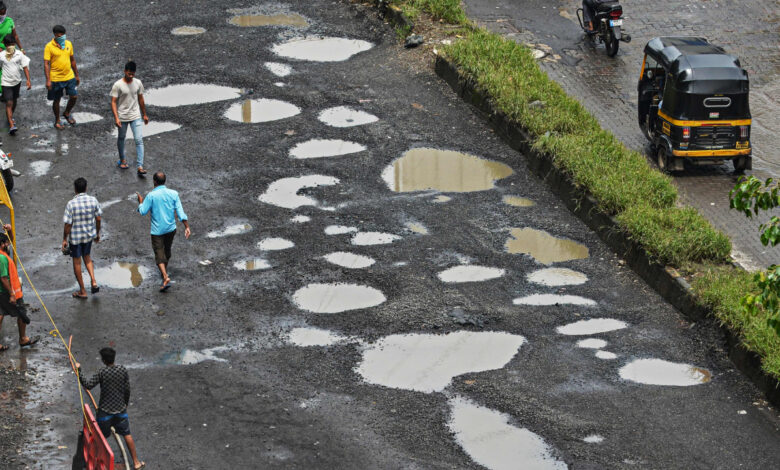
Urban Decay: The Main Cause
The flooding of Bengaluru, India’s IT hub, in September last year is a stark reminder of the city's vulnerability. This monsoon season, several towns and cities, including Guwahati, Surat, Ahmedabad, Mumbai, and Pune, have faced similar fates. Intense rain spells have overwhelmed their inadequate and poorly maintained urban infrastructure.
#WATCH | Pune, Maharashtra: Visuals of Bhide bridge as the Mula Mutha River flows above the danger level. pic.twitter.com/XledtWIBbr — ANI (@ANI) July 25, 2024
Cities Under Water
Gujarat's Torrential Downpours
In Gujarat, heavy rains led to the evacuation of hundreds of people after swollen rivers and overflowing dams cut off several villages and inundated low-lying areas. Districts like Surat, Bharuch, and Anand faced severe flooding, prompting authorities to declare holidays for schools and colleges and disrupting train services. Vadodara city issued a red alert as the Vishwamitri river swelled dangerously.
The administration deployed personnel from the National Disaster Response Force (NDRF), State Disaster Response Force (SDRF), and local fire teams to rescue and relocate people. Surat, which received over 70% of its average seasonal rainfall in just three days, saw 132 roads blocked as a precautionary measure.
Pune's Record-Breaking Rainfall
Pune has witnessed record-breaking rainfall in the past 24 hours, bringing the city to a halt. Residents are grappling with heavy traffic jams, waterlogging, landslides, and unattended fallen branches. Visuals from the city shared on social media highlight the difficulties faced by citizens, from flooded areas to people stuck in precarious situations.
#WATCH | Rain batters Mumbai, severe waterlogging in various parts of the city
Visuals from Chembur area pic.twitter.com/9JuCEk41Ud — ANI (@ANI) July 25, 2024
Mumbai: The Annual Monsoon Struggle
Mumbai's monsoon is often romanticized, but the reality is grim. Incessant overnight rains have caused severe waterlogging and disruption to public transport, bringing the city to a standstill. The weather department has issued warnings as heavy rain continues to batter Mumbai and adjoining areas.
Central Mumbai recorded an average rainfall of 78 mm, with eastern and western parts recording 57 mm and 67 mm, respectively. Waterlogging on roads and railway tracks hindered public transportation, with local trains running late by 15 to 20 minutes. Key commuter routes like Andheri and Malad subways were closed as a precaution.
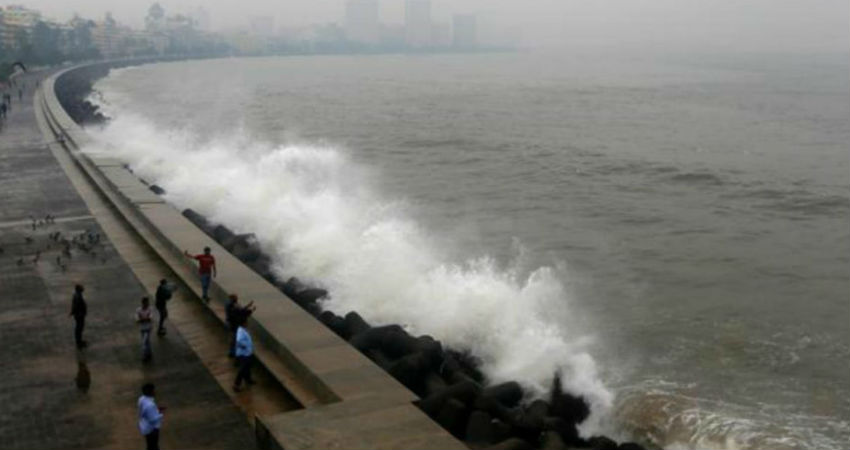
A Glimmer of Hope: Tulsi Lake
Amid the chaos, there is a positive sign. Tulsi Lake, one of Mumbai's key sources of potable water, started overflowing due to heavy rain in its catchment area. This brings relief to residents facing a 10% water cut, though the city's overall preparedness remains questionable.
Is Our Infrastructure Ready for Climate Change?
The increasing frequency and intensity of monsoon floods highlight the urgent need for robust infrastructure and urban planning. Indian cities must adapt to changing climate patterns by:
1. Implementing Sustainable Urban Planning: Prioritize the creation of green spaces and the preservation of wetlands and natural water bodies.
2. Upgrading Drainage Systems: Invest in modern, efficient storm-water drainage systems to prevent waterlogging.
3. Enforcing Building Regulations: Strictly enforce existing building laws and environmental guidelines to prevent unplanned and hazardous constructions.
4. Community Awareness and Involvement: Educate communities about flood risks and involve them in disaster preparedness and response efforts.
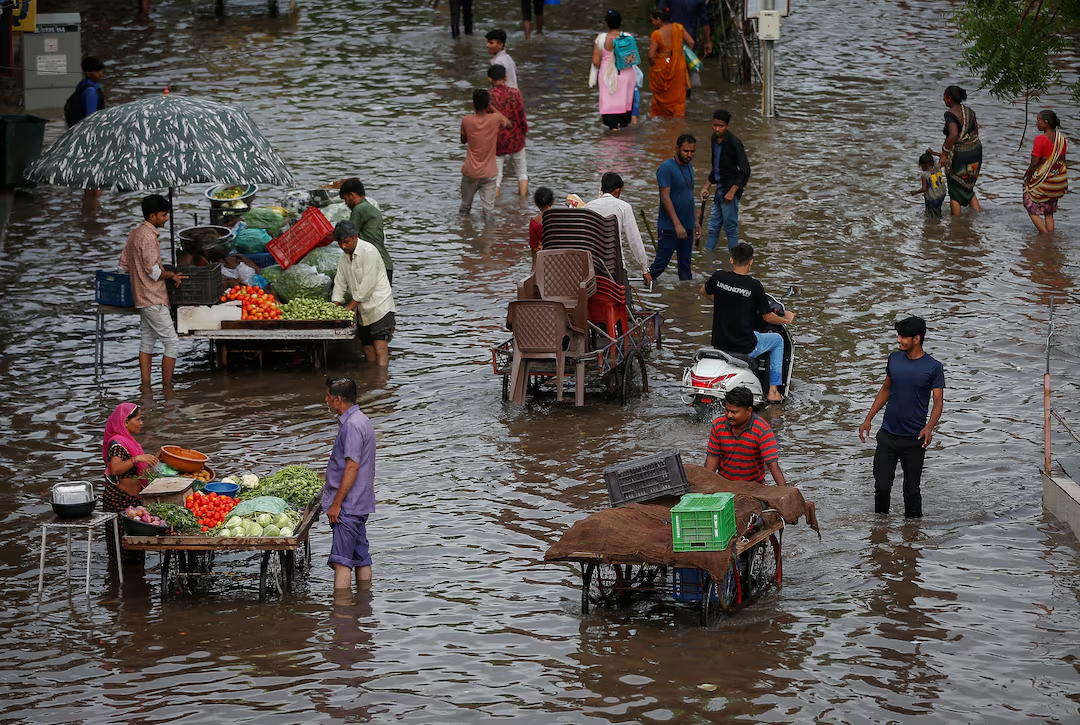
The romanticized view of Indian monsoons as a time of beauty and joy is overshadowed by the harsh reality of urban flooding and crumbling infrastructure. As climate change continues to alter weather patterns, Indian cities must strengthen their infrastructure and urban planning to mitigate the impact of these increasingly severe monsoon seasons. Only through proactive measures can we hope to protect lives, property, and the urban landscape from the annual monsoon mayhem.
Inputs by Agencies
Image Source: Multiple Agencies
Ⓒ Copyright 2024. All Rights Reserved Powered by Vygr Media.

